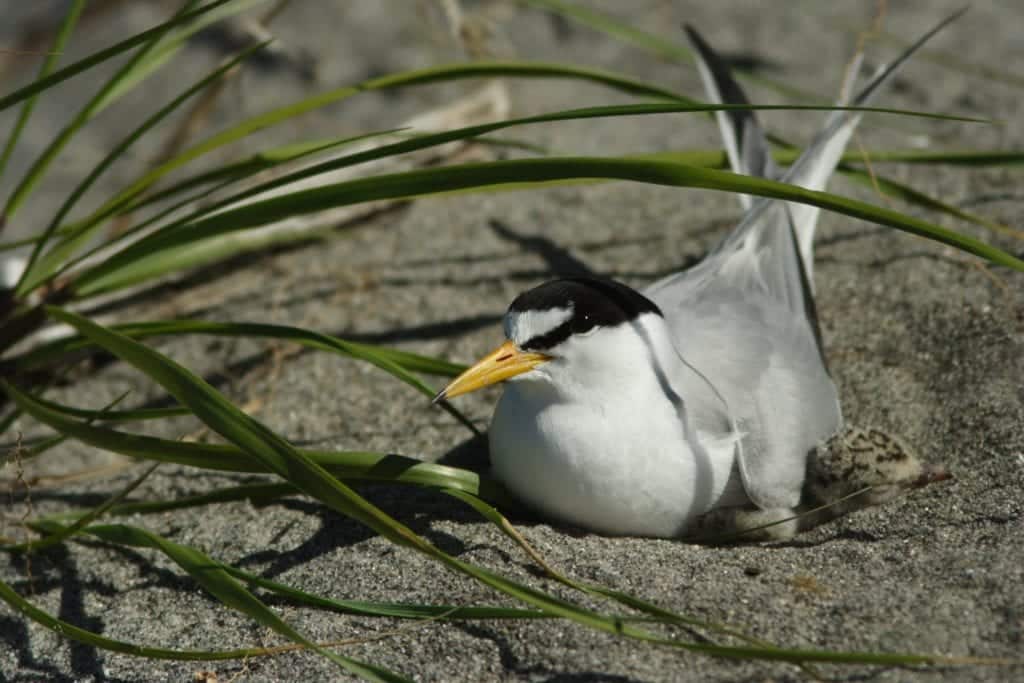
The most challenging aspect of human impact on the environment is that we get used to it. It’s easy to see colorful birds at your feeders this spring and forget that there are billions fewer songbirds than there used to be, or enjoy a day at the beach in Maine without realizing that the Gulf of Maine is warming faster than 99% of the ocean. With every deer you see browsing by the roadside, memories fade of Woodland Caribou, Sea Mink, Labrador Duck, Great Auk and other species no longer found in the state.
Humans acclimate to our own impacts on the land and water, dulling the urgency for conservation. If we forget what we’ve lost, we don’t know what we can return to.
However, we can be shaken from our complacency by looking into the future and realizing what else can be lost if we do not act. Last week, the Intergovernmental Science-Policy Platform on Biodiversity and Ecosystem Services (IPBES) issued a staggering report on the human impacts on wildlife that has renewed in us a sense of urgency for conservation action.
The report outlines how approximately 1 million animal and plant species are now threatened with extinction, many within decades. One million species. On the water, that number translates into more than 40% of amphibian species, almost 33% of reef-forming corals, and more than a third of all marine mammals threatened with extinction. Meanwhile, the average abundance of native species in most major land-based habitats has fallen by at least 20%, mostly since 1900.
The IPBES report is particularly relevant to Maine Audubon’s policy work because the authors have ranked, for the first time at this scale and based on a thorough analysis of available evidence, the five direct drivers of this unprecedented change in nature: (1) changes in land and sea use; (2) direct exploitation of species; (3) climate change; (4) pollution; and (5) invasive species. While today, impacts from climate change take a backseat to changes caused by land and sea use and exploitation of species, the report notes that impacts from climate change are expected to increase over the coming decades, in some cases surpassing today’s leading causes of species decline.
Maine Audubon continues our work to protect the future of Maine’s wildlife and habitat by addressing each of these five categories. We are working to address changes in land use by promoting smart growth in Maine’s North Woods and by seeking to minimize or avoid impacts from the proposed New England Clean Energy Connect transmission line. We work to reduce the direct exploitation of species by supporting legislation to improve the implementation of Maine’s Endangered Species Act, and by protecting Maine wildlife on our beaches and along our roadways. We are fighting climate change by working to pass a number of landmark pieces of state legislation regarding climate change and renewable energy. We are battling plastic pollution in the legislature and removing invasive species at our sanctuaries all around the state.
Maine Audubon remains committed to our mission of protecting Maine’s wildlife and habitat. With your help we can avoid the grim fate outlined in the IPBES report and pass on to future generations a state with wild and vibrant wildlife populations. Join us and help do your part to keep Maine thriving.
